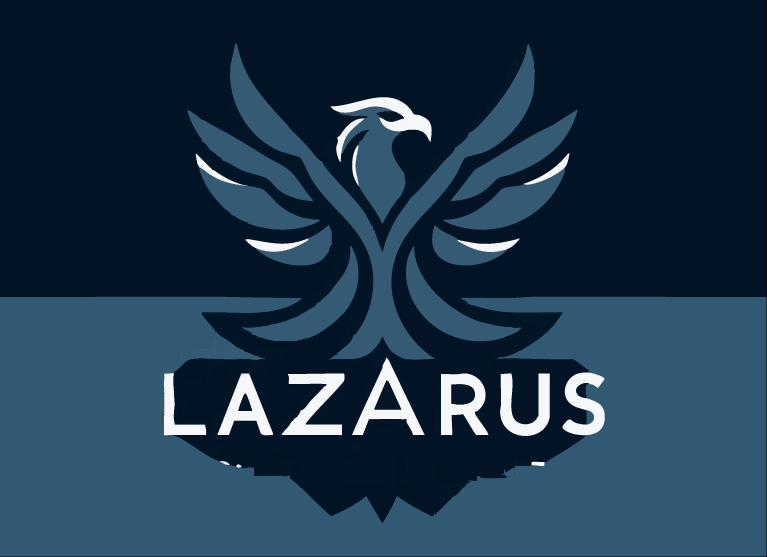
Christopher Rothmeier – Infrastructure Operations & Cloud Engineer (Night Shift)Infrastructure Operations & Cloud Engineer (Night Shift)Infrastructure Operations & Cloud Engineer – Night Shift Ready
Keeping systems up at 2 AM – Linux, VMware, Kubernetes (K3s), GPU-backed homelab, and an AWS pivot (SAA-C03 in progress). Keeping systems up at 2 AM – Linux, VMware, Kubernetes (K3s), GPU-backed homelab, and an AWS pivot (SAA-C03 in progress). 5+ years enterprise ops including finance uptime work, 2+ years running GPU-backed Kubernetes homelab, AWS SAA-C03 in progress.
Hi, I'm Chris. I run infrastructure – from finance-grade Windows/VMware estates to a GPU-backed Kubernetes homelab – and I'm shifting into night-shift infrastructure, NOC, and cloud operations roles. This site is my technical portfolio: it shows how I think about reliability, observability, and practical AWS/Kubernetes adoption.
- • GPU-Backed Homelab: K3s cluster running vLLM inference on NVIDIA L4/A4000/T4 GPUs, 10/25GbE networking, ZFS storage, full Prometheus/Grafana observability stack.
- • Enterprise Operations: 5+ years managing Windows/VMware environments for finance/trading firms – 99.9% uptime, VIP support, off-hours incident response.
- • AWS Pivot: Actively pursuing AWS Certified Solutions Architect – Associate (SAA-C03) to complement homelab and on-prem experience.
Night-shift infrastructure focus. If you need someone who can keep systems stable when everyone else is asleep, let's connect. Seeking night-shift infrastructure & NOC roles. Available for CloudOps, infrastructure operations, and off-hours support positions (Philadelphia or remote). Ready for night-shift operations. If you're hiring for infrastructure, NOC, or CloudOps roles with off-hours coverage, I'd love to discuss how my homelab and enterprise background can help.






